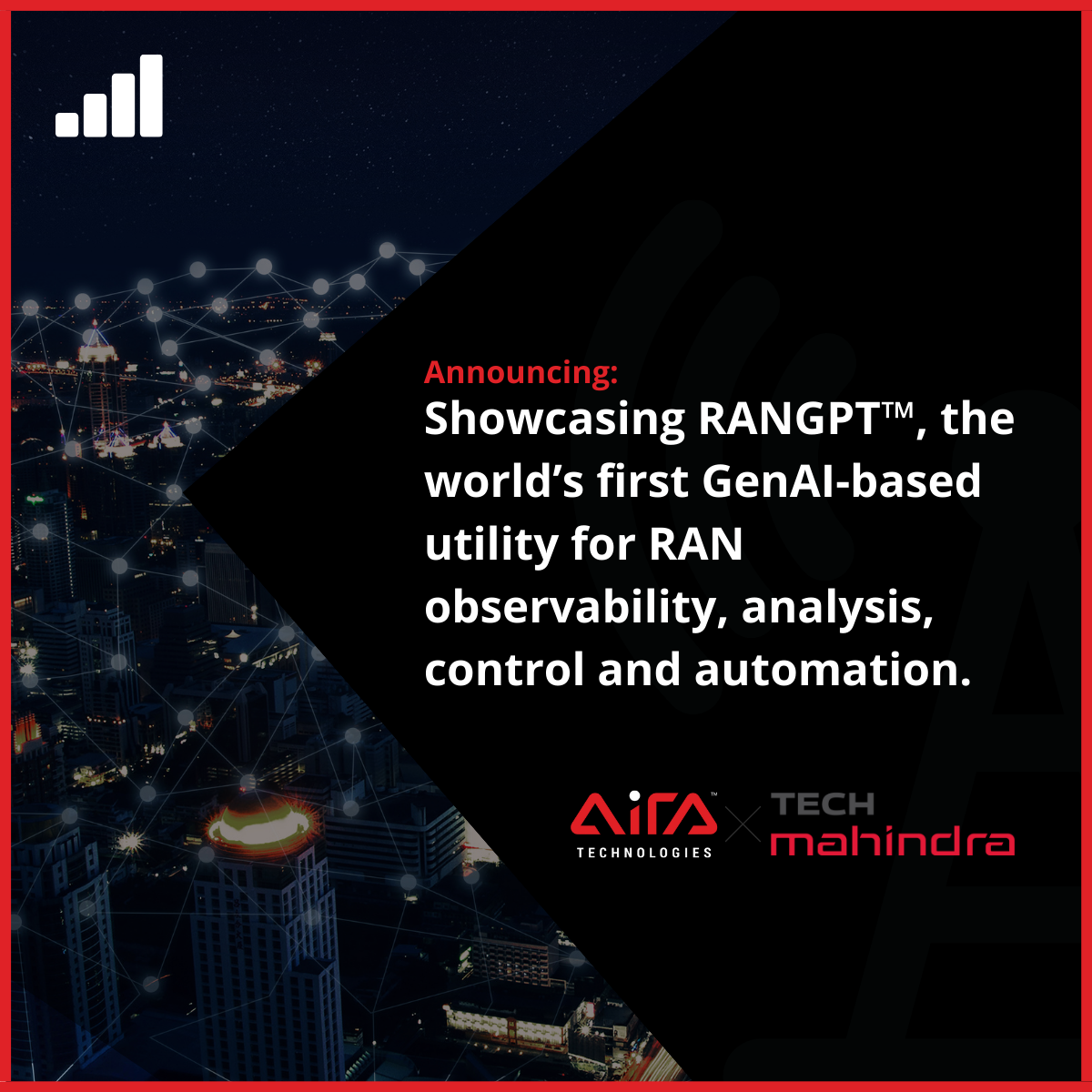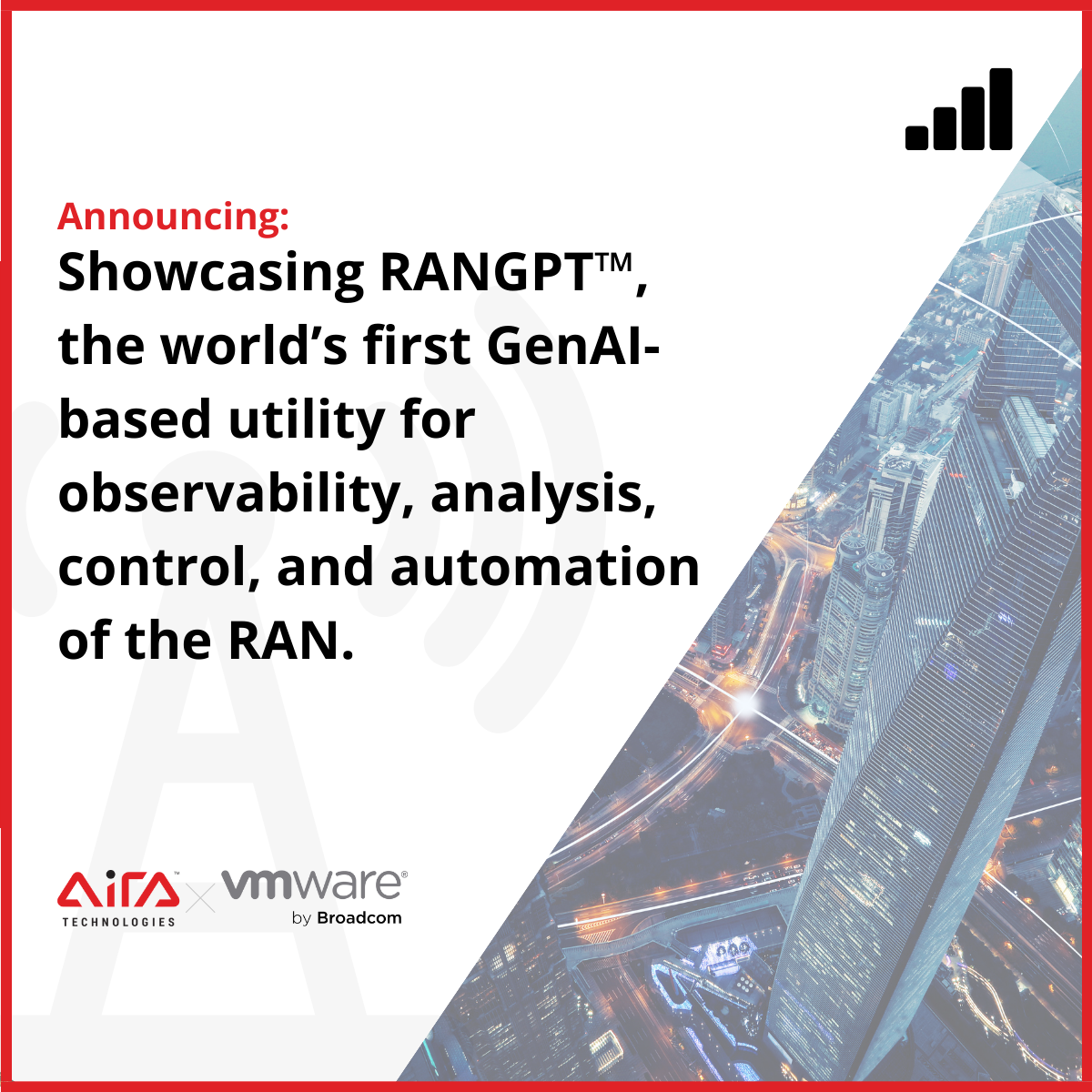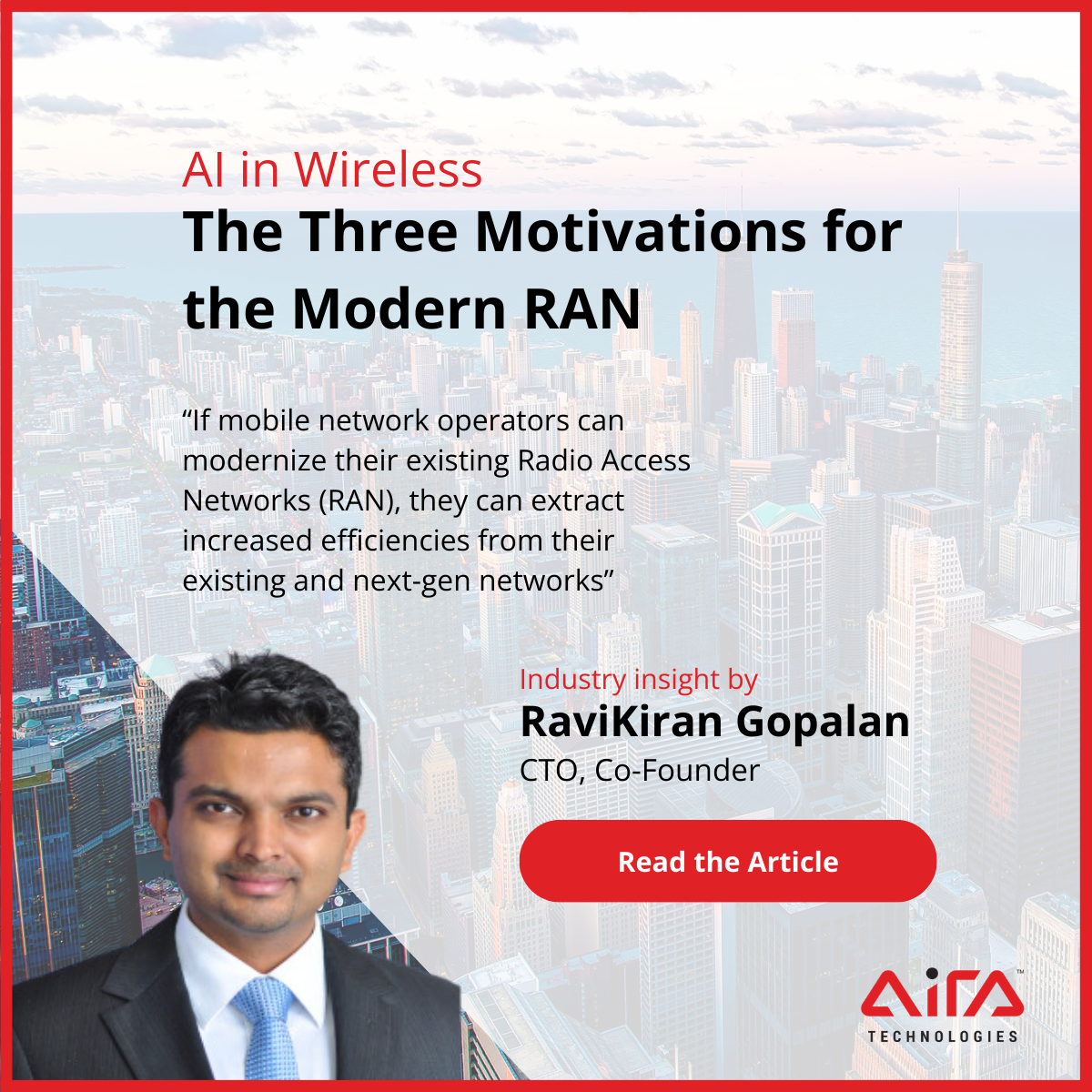Observation Opportunity
Telco data is diverse and spread across multiple databases, e.g., Performance Metrics, Configuration Settings, and User-Equipment metrics. Accessing & visualizing this data and deriving insights requires specialized query scripts (SQL, Snowflake, etc.). The Network and SW teams must interact.




